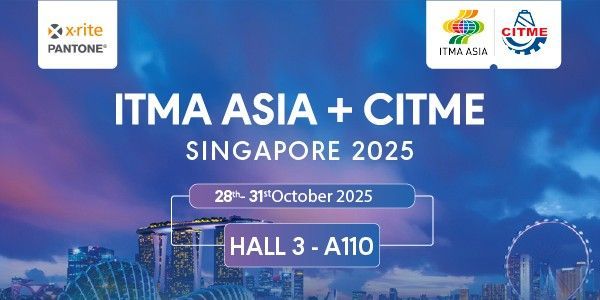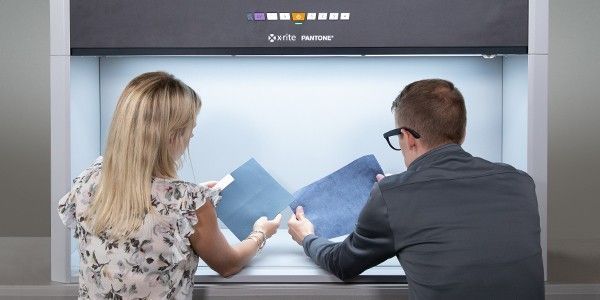Refrigerant gas change
Refrigerant gas change

Refrigerant R404a has until now been widely used in commercial refrigeration systems and freezers as well as refrigerated transport systems.
However, this is not ideal due to its very high Global Warming Potential (GWP -3922). Its use is now being restricted and it is to be phased out.
In order to remove Ascott’s reliance on this gas we have worked hard to find a replacement that is not only more environmentally friendly but is also able to offer a similar performance when used in our refrigeration systems.
This involved over a year of development work and product testing but we have a replacement that is now being used in all of our products that previously used R404a.
R449a is a is a next-generation HFO-based refrigerant that combines excellent cooling performance but which is also:
- Non-Ozone depleting and low GWP (Global Warming Potential)
- Has improved energy efficiency compared to R404a.
- Is quick, easy, cost effective to retro fit
- Safe, non toxic and non-flammable (ASHRAE A1 Safety Classification)
#ascottanalytical,#corrossiontest,#testchambers
Ascott Analytical in Australia & New Zealand. Testing to the limit with Novasys since 2015




